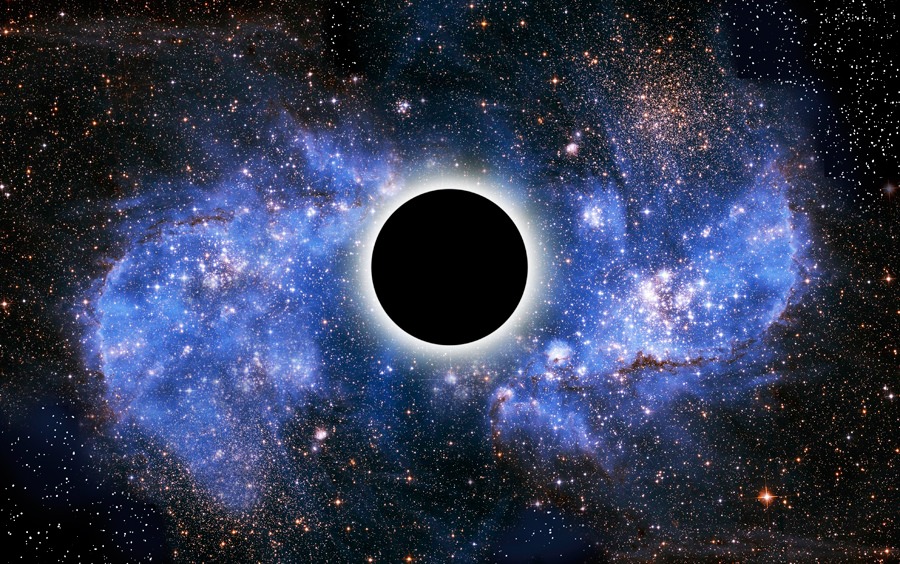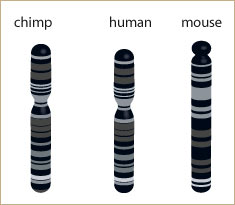"...an atom or molecule with a net electric charge due to the loss or gain of one or more electrons." -google
To learn more, go to the site below-
 "A black hole is a place in space where gravity pulls so much that even light can not get out. The gravity is so strong because matter has been squeezed into a tiny space. This can happen when a star is dying.
"A black hole is a place in space where gravity pulls so much that even light can not get out. The gravity is so strong because matter has been squeezed into a tiny space. This can happen when a star is dying. |
| The Manx illustrated realistically |
 Several species of primates, such as orangutans, gorillas, chimpanzees, and other extinct species, are considered evolutionary relatives of humans. The truth behind it is all in the DNA. Also, the idea is taken from the similarities in the anatomy of a chimp compared to a human. As you can see in this image, there is 98% genetic similarity. That's only two percent of a genetic change. Coincidence? Many people would argue not. Interesting, right? The primates fall into the hominids family, as do humans, so we're classified as similar creatures. The neural systems of chimps are actually slightly more advanced than most animals, and can sometimes be trained to do work for humans, like carrying things and helping with various tasks. There are also chimpanzees that are trained to speak, in a human way, and be able to communicate with humans. In a way, it's another form of grouping them with humans, and categorizing them in a single classification with us. For more information, go to the site below-
Several species of primates, such as orangutans, gorillas, chimpanzees, and other extinct species, are considered evolutionary relatives of humans. The truth behind it is all in the DNA. Also, the idea is taken from the similarities in the anatomy of a chimp compared to a human. As you can see in this image, there is 98% genetic similarity. That's only two percent of a genetic change. Coincidence? Many people would argue not. Interesting, right? The primates fall into the hominids family, as do humans, so we're classified as similar creatures. The neural systems of chimps are actually slightly more advanced than most animals, and can sometimes be trained to do work for humans, like carrying things and helping with various tasks. There are also chimpanzees that are trained to speak, in a human way, and be able to communicate with humans. In a way, it's another form of grouping them with humans, and categorizing them in a single classification with us. For more information, go to the site below- Last month, the Japanese satellite ceased all communication with earth. Everything was working fine since it was launched until March 17, when it stopped radio signal. They just announced it yesterday, while including that they will accelerate and focus more on finding out what meant wrong. The idea was to scan for X rays in Supernovas and Galaxy clusters. It's sad that it was not a possibility. I think that it might have been hit by something or a similar situation. Although, I am not sure at all. For more information, go to the site pasted below-
Last month, the Japanese satellite ceased all communication with earth. Everything was working fine since it was launched until March 17, when it stopped radio signal. They just announced it yesterday, while including that they will accelerate and focus more on finding out what meant wrong. The idea was to scan for X rays in Supernovas and Galaxy clusters. It's sad that it was not a possibility. I think that it might have been hit by something or a similar situation. Although, I am not sure at all. For more information, go to the site pasted below- |
| (inside of a hyperloop) |